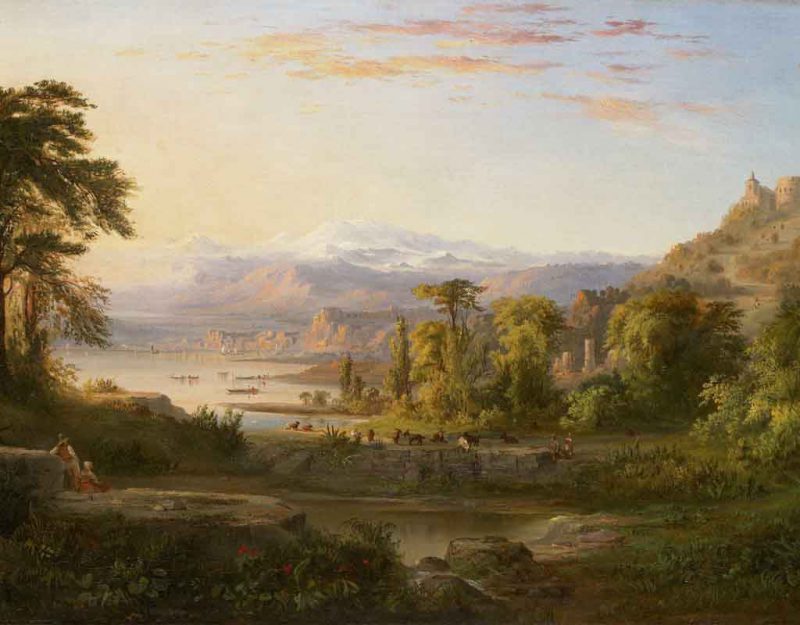Entering the Organization Age
Human evolution changed when humans realized early on that safety comes in numbers, socialization became a norm resulting in different cultures. But Nature endowed us with hierarchy as well, as we can see in the dominance of predators such as lions and wolves simply to limit grass eating animals.
We can see how Nature also evolved towards balancing itself although not necessarily returning to the same zero point or in the same place. This happens through a series of fast ascents followed by slower plateaus where things do not change for some time.
Human evolution changed further when the species developed tools not so much geared towards eating and foraging for food, but to become productive such as building better housing or fighting such as during the Bronze Age demonstrated by the Grecian world.
Having better housing, instead of living in caves, humans were able to do more themselves e.g., they could now manufacture and store firewood which meant outlasting the winter, spending extra time more effectively on food supplies. As humans got more productive, which they enjoyed of course, they had time to develop even more tools and techniques and so their socializations became organizations.
What is an organization? We use the term for any group that has internal structure, hierarchy, and assigned duties. Instead of a group of farmers working on their own plots, for example, some farmers work the plows and others plant seed or irrigate on a shared farm which distributes profit according to role.
During the Iron Age organizations became a lot more productive causing them to become more pronounced, e.g., by developing a justice system we still use known as Roman Law. Legal stipulations allowed organizations to co-exist while the drive within these organizations remained human-centric. This obviated the need for Monarchies where “human law” only allowed hierarchy via bloodline. One deduction can be that the preponderance of Monarchies led to the growth of organizations (including religions).
American prosperity really took off when steel became available, which enabled longer bridges and taller buildings and with that came aluminum enabling flight. Where the British Empire was known for using trains as an organizational force multiplier, America used airplanes which is a hundred times more effective. That organizations were driven by humans during this period was demonstrated by WW2 where the Germans used blitzkrieg tactics and Americans a massive workforce to increase tank volumes. After all Germany was a much smaller country and could only produce a limited number of tanks due to a smaller workforce.
However, one characteristic of Industrialization was the development of scientific management, which was designed to ensure good worker treatment and reward the productive. This is probably the reason why American production of tanks was so successful: not only did Americans work hard, but they worked hard because they wanted to. They felt they added value and that their creative contributions were acknowledged through patent rights. The organizations at the time may have had a profit motive, but their success was driven by contributions proudly made by workers/employees.
Then the computer revolution happened, which changed (and still is changing) everything very quickly.
After WW2 the various leaders decided to establish international platforms on a permanent basis, to allow nations around the globe to socialize in a structured way. According to Admiral Jan Smuts this structure was quickly subverted (within years) once those “employees” realized the extraordinary power they had through unfettered access to leaders and politicians. Therefore, a lowly employee on some platform had direct access to political leaders which some may attribute as fertile ground for arrogance/hubris.
However, at national levels the industrial workers continued their quest for a meaningful life with one new productive development/tool being automation. This resulted in instrumentation that allowed measuring/controling of parameters aiding human decision making in factories and even space craft with humans eventually landing on the Moon.
But silicon allowed analogue instrumentation to become digital and once it became digital, software allowed instruments to replace humans. This was then the first time when organizations became machine driven and the American worker not only became irrelevant, but he became a productive entity science compared with robots using financial metrics.
Obviously, science of production became well developed, while human science was corrupted in this perfect, human-made storm with which nature had nothing to do (not that it cares). From this point forwards, human organizations were driven by organizational characteristics which in a sense of course, reflect human psychology. But since we corrupted human science, we will never understand the post-modern organization.
In summary, we can state quite categorically that organizations evolved with human ages, but also that it was human productivity that drove the organization to becoming extraordinarily successful. But over time humans then established non-production global platforms for the sake of socialization only, which undermined this success and quickly led to non-productive globalization and the current 2021 Corporate feudalism.
It is possible that people like Mark Zuckerberg and Bill Gates think they are in charge, but they are not. Organizations in 2021 have replaced not just the American worker, but American entrepreneurs and its President as well. Human psychology, not humans, drives the organization.










